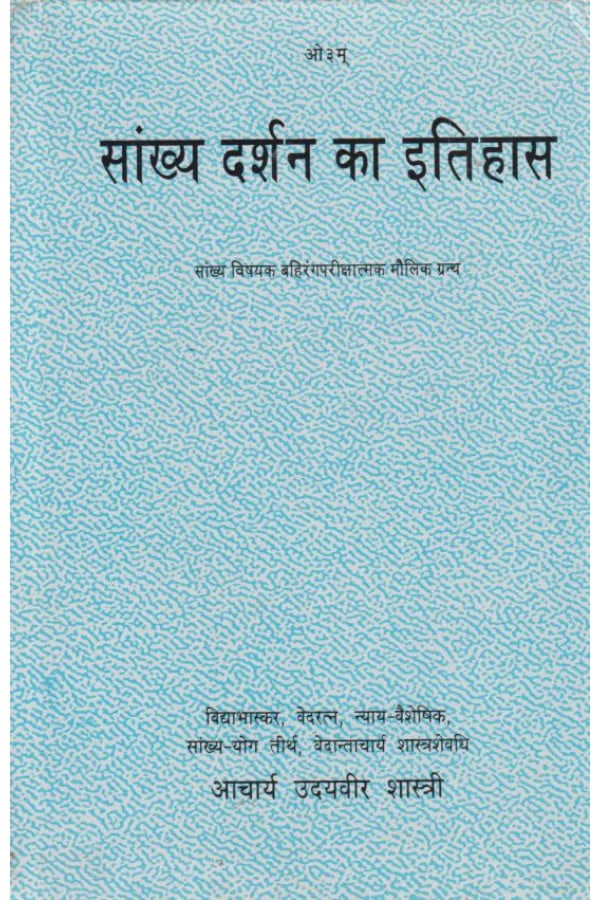Author: Acharya Uday Veer Shastri
About the author:
Acharya Uday Veer Shastri was a renowned scholar and educator, recognized for his significant contributions to Sanskrit literature and Indian philosophy. His work spans various disciplines, including Vedic studies, classical Sanskrit literature, and the promotion of traditional Indian knowledge systems.
Early Life and Education
Acharya Uday Veer Shastri’s background is rooted in a deep tradition of Sanskrit learning. From a young age, he exhibited a profound interest in the classical texts of India, pursuing rigorous studies in Sanskrit grammar, literature, and philosophy. His education under eminent scholars laid a strong foundation for his future scholarly endeavors.
Contributions to Sanskrit Literature
Scholarship:
- Shastri’s expertise in Sanskrit literature is extensive, encompassing both ancient and medieval texts. His scholarly work includes critical editions, commentaries, and translations of key Sanskrit texts, making them accessible to a broader audience.
Teaching and Mentorship:
- As an educator, Acharya Uday Veer Shastri has been instrumental in mentoring a new generation of scholars. His teaching methods blend traditional and modern pedagogies, ensuring that the rich heritage of Sanskrit learning is preserved and propagated effectively.
Philosophy and Vedic Studies
Vedic Exegesis:
- Shastri is highly regarded for his interpretations and commentaries on the Vedas, the oldest and most revered scriptures of Hinduism. His work in Vedic exegesis involves elucidating complex hymns and rituals, providing insights into their philosophical and spiritual dimensions.
Classical Philosophy:
- His contributions to Indian philosophy include in-depth studies of major philosophical systems such as Vedanta, Mimamsa, and Nyaya. Shastri’s writings often explore the interconnections between these systems and their relevance to contemporary issues.
Promotion of Traditional Knowledge
Publications:
- Acharya Uday Veer Shastri has authored numerous books and research papers that highlight the richness of Sanskrit literature and philosophy. His publications are valuable resources for students, researchers, and anyone interested in Indian classical traditions.
Cultural Preservation:
- Beyond academia, Shastri is actively involved in initiatives aimed at preserving and promoting traditional Indian knowledge. This includes organizing seminars, workshops, and cultural events that celebrate Sanskrit and its literary heritage.
Recognition and Legacy
Awards and Honors:
- Throughout his career, Acharya Uday Veer Shastri has received several awards and honors in recognition of his scholarly contributions. These accolades reflect his dedication to the advancement of Sanskrit studies and his impact on the field.
Legacy:
- Shastri’s legacy is characterized by his tireless efforts to keep the classical traditions of India alive in the modern world. His work continues to inspire students and scholars, fostering a deeper appreciation of India’s intellectual and cultural heritage.
Conclusion
Acharya Uday Veer Shastri stands as a towering figure in the field of Sanskrit literature and Indian philosophy. His scholarly achievements, combined with his commitment to education and cultural preservation, have made him a revered and influential figure. Through his contributions, Shastri has ensured that the timeless wisdom of Sanskrit and Vedic traditions continues to enlighten and inspire future generations.






